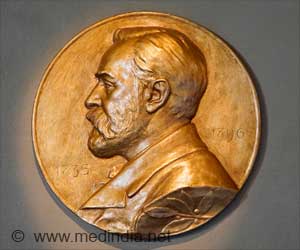Evoprinter is a simple, yet effective, multigenomic comparative tool for rapid identification of functionally important DNA (multispecies-conserved sequences) shared among related DNAs.
Deciphering the regulatory mechanisms that control coordinate gene expression is a long-standing goal of biology. The comparison of orthologous DNA sequences from multiple vertebrate or invertebrate species holds promise in identifying the cis-regulatory elements central to the dynamic interplay between a gene and its transcriptional regulators. This cross-species comparison, termed phylogenetic footprinting, is based on the hypothesis that functionally important sequences evolve at a significantly slower rate than nonfunctional DNA. Phylogenetic footprinting has been used successfully to discover multispecies-conserved sequences (MCSs) that are critical for gene function. An essential first step in this process is the alignment of multiple orthologous DNAs. The multiDNA alignments are accomplished either by simultaneous or sequential pair wise alignments of input DNAs, with alignment gaps introduced to optimize the overall homology comparisons.
Researchers, writing in the October issue of the Proceedings of the National Academy of Sciences have developed a simple, yet effective, comparative genomics tool, Evoprinter that facilitates the rapid identification of evolutionary conserved sequences within the context of a single species. The Evoprinter output identifies multispecies-conserved DNA sequences as they exist in a reference DNA.Generated from multiple pair wise BLAT (BLAST-like alignment tool) alignments of a reference DNA to different test genomes, the EvoP presents an ordered, uninterrupted representation of the evolutionarily resilient sequences within the reference DNA. By superimposing the different species evolutionary histories, the combined mutagenic force reveals DNA sequences that are essential for gene expression and function. When compared with other such tools, the two principal advantages of Evoprinter are its speed (derived from the speed of a BLAT alignment) and the fact that only a single curated genomic sequence is required to initiate the analysis of orthologous DNAs from multiple species. Based on the success of the Evoprinter identification of MCSs within known vertebrate and Drosophila cis-regulatory elements, the authors believe that this tool could be of great use to understanding gene regulation in all animals.






